From the November issue of Apollo: preview and subscribe here
In September, the right-wing pressure group the Taxpayers’ Alliance released a report, which found that the UK government and local authorities hold more than £3.5bn of art in their collections – and that less than three per cent of this art is on public display.
The report itself is a rather flimsy piece of research. It relies on the results of 853 Freedom of Information requests sent to public bodies across the country demanding that they declare the number of ‘pieces of art’ that they hold. Ironically, this approach will have cost the taxpayer up to £250,000. The Taxpayers’ Alliance’s questions failed to define what they meant by a ‘piece of art’, resulting in wildly different results from across the country. Some councils appear to have included archive material in their responses, while others, including many museums, have refused to place a value on their collections – as they are required to do under the Code of Ethics for Museums.
The result is a piece of research that is unworthy of the name. But the Taxpayers’ Alliance is hardly known for its thorough research. Instead, it churns out press releases designed to generate headlines. In this case, they were successful, provoking widespread debate in the press about whether there should be a giant Antiques Roadshow-style sale of public art to help fund the ailing public sector. ‘Art collections should be considered as an asset like any other asset,’ argued Joseph O’Connell of the Taxpayers’ Alliance – and while the report doesn’t explicitly call for the sale of Henry VIII’s armour (supposed value: £53.5m), the overall picture of public collections is that of a valuable untapped resource ready to be mined.
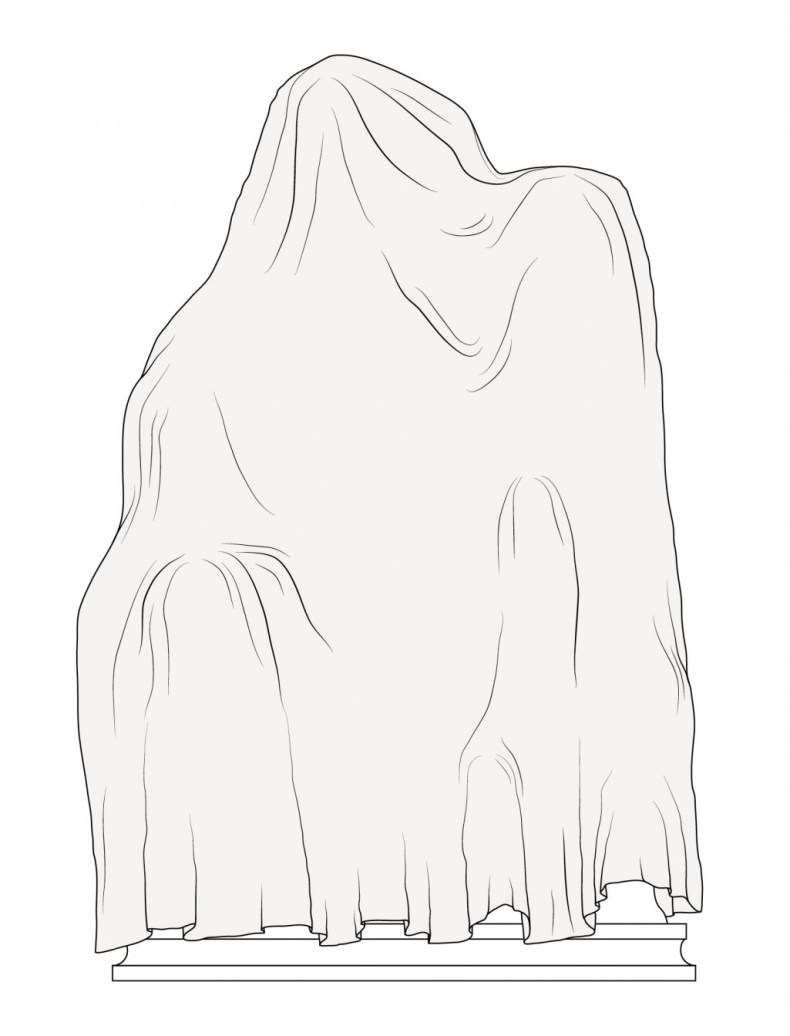 In employing the ‘use it or lose it’ message, the Taxpayers’ Alliance aims for controversy. But it is, in fact, mining a rich seam of debate on the size and use of collections that stretches back for many years. Arch-commentator and former Chairman of the National Trust Simon Jenkins has heretofore led the charge, calling the hoarding of pictures and objects in the world’s grandest museums a ‘scandal’ and accusing museums and galleries of having an ‘institutional craving to own’. He advocates sale, loans or repatriation – pretty much anything that will get artworks out of storage and on to walls and plinths.
In employing the ‘use it or lose it’ message, the Taxpayers’ Alliance aims for controversy. But it is, in fact, mining a rich seam of debate on the size and use of collections that stretches back for many years. Arch-commentator and former Chairman of the National Trust Simon Jenkins has heretofore led the charge, calling the hoarding of pictures and objects in the world’s grandest museums a ‘scandal’ and accusing museums and galleries of having an ‘institutional craving to own’. He advocates sale, loans or repatriation – pretty much anything that will get artworks out of storage and on to walls and plinths.
Support for such radical ideas has been tentative, to say the least, among a museum and gallery workforce which has been taught over many decades that the preservation of art and objects is of paramount importance. Moreover, curators have tended towards a comprehensive approach to collecting, justified on the basis of inter-generationality – that is, we should collect with future generations in mind; and because we cannot possibly know what future generations will value, we should collect as much as possible. This philosophy was reflected in the Code of Ethics for Museums which for many years set out a clear ‘presumption against disposal’.
Taken together, these factors made any contemplation of reducing the size of a collection a very short conversation indeed. Yet as collections have grown, so the proportion of items on display has diminished, and those questioning the public value of collections have become more persistent. So it’s worth posing the question again: should our public museums and galleries more readily dispose of items from their collections?
Even in 2015, we don’t have a clear idea of precisely how many items are held in public collections across the country, but it’s fair to say the trajectory has only ever been upwards. Studies have been published over several decades charting the growing volume of artworks and objects sitting in storage. A report commissioned by the Museums and Galleries Commission in 1989 found that museums were devoting over 60 per cent of their income to the cost of managing their collections, while reports by the National Audit Office in 1988 and the Audit Commission in 1991 found huge backlogs in the documentation of museum collections.
In 2003, the National Museums Directors Council acknowledged the increasing scale of the problem in their publication, titled ‘Too Much Stuff’, in which they noted that, ‘When beautiful works of art are not on show the public interest suffers. Museums which hold such works and which are unable to display them should certainly ask themselves, and be asked by others, whether it makes sense to hold on to them.’
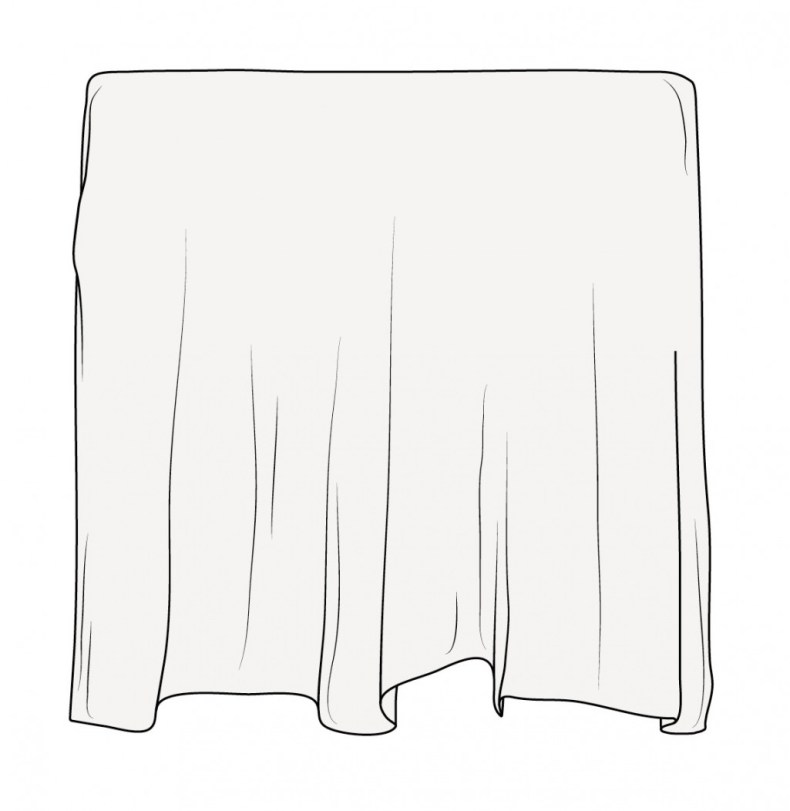 In spite of such calls, the situation today has changed only a little. Curators are often limited in their collecting by budgets and changing organisational priorities. Collecting in most British museums and galleries is conducted according to Collections Development Policies which define relatively narrow areas of specialism or relevance where the museum will seek to acquire new items for the collection.
In spite of such calls, the situation today has changed only a little. Curators are often limited in their collecting by budgets and changing organisational priorities. Collecting in most British museums and galleries is conducted according to Collections Development Policies which define relatively narrow areas of specialism or relevance where the museum will seek to acquire new items for the collection.
Yet donations and acquisitions are still far more common than disposals, and art galleries continue to acquire works with the help of philanthropists and through highly successful schemes such as Acceptance in Lieu, which allows significant artworks to be transferred to public collections in lieu of inheritance tax. A small survey of acquisitions and disposals carried out by Nick Merriman, director of Manchester Museums, in 2006, showed that between 1990 and 2004 museum collections were growing at a dizzying rate. Over this period, Glasgow Museums had accessioned 38,510 items while disposing of just 50, while Manchester Museums had accessioned 89,745 items and disposed of only 51. Five of the seven museums sampled had acquired more than 745 items for every single item that they had disposed of. Small wonder, then, that little of these collections is ever seen by the public.
Collections exist for many purposes other than for display. In particular, they provide a vital source of information for researchers across a wide variety of disciplines who benefit from the thorough approach of curators over several centuries.
However, storage costs money, and in an era where funding is short and where the overriding concern of public servants is to deliver public benefit, storage looks like an unnecessary expense. Hence, for critics of the current situation, it is the questions of display and outreach that museums and galleries must answer. Can collections be shown to be delivering an instrumental good? The Taxpayers’ Alliance report argues that, ‘Public bodies and local authorities should make an effort to display more of their art for people to enjoy, and […] may also wish to consider loaning much of the artwork held in storage to schools or local community centres.’
There is no shortage of projects which are doing just this. The Public Catalogue Foundation was the driving force of a pilot project in 2013 called ‘Masterpieces In Schools’ which did precisely what the Taxpayers’ Alliance are demanding. PCF sent 26 oil paintings from public collections out on loan to primary and secondary schools across the UK to interest children in different topics through the medium of art. There is undoubtedly scope to vastly increase the ambition of such a project.
The PCF’s work with schools was part of a much broader project to digitise the entire collection of more than 210,000 oil paintings held by galleries and public bodies across the UK – a process that took 10 years and no small amount of effort. The PCF’s partnership with the BBC to make the entire collection available on the Your Paintings website is widely seen as a success story for the sector.
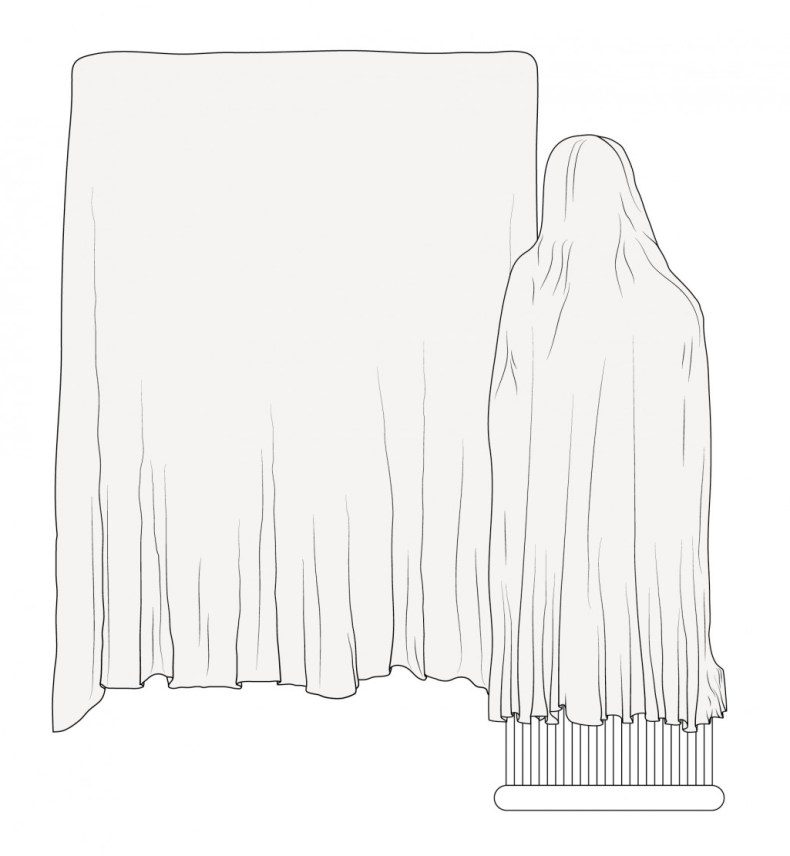 Museums and galleries are using collections in other novel ways. Norfolk Museums Service secured funding in 2012 for their ‘Shine A Light’ project, which allows curators to research previously undocumented collections, and to place them in higher-quality storage conditions which can be opened to the public. Behind-the-scenes tours allow visitors to take in everything from mammoth tusks to aviation paraphernalia – and have proved a big hit. Indeed, museums are increasingly seeing the behind-the-scenes tour as a growth area as well as a way of publicly validating the work done in collections management.
Museums and galleries are using collections in other novel ways. Norfolk Museums Service secured funding in 2012 for their ‘Shine A Light’ project, which allows curators to research previously undocumented collections, and to place them in higher-quality storage conditions which can be opened to the public. Behind-the-scenes tours allow visitors to take in everything from mammoth tusks to aviation paraphernalia – and have proved a big hit. Indeed, museums are increasingly seeing the behind-the-scenes tour as a growth area as well as a way of publicly validating the work done in collections management.
But can outreach and digitisation projects alone resolve the quandary of growing collections, diminishing space, and limited public benefit? It seems unlikely. For even if the rate of growth in our public collections is slowing, the fact remains that museums and galleries have amassed huge collections of art and objects, which are not being used by anyone at all and which, frankly, no-one knows what to do with. So the real question is, in fact, whether there is a point where it becomes ethically more acceptable to dispose of items than to keep them for perpetuity?
The comprehensive approach to collecting ‘just in case’ on behalf of future generations clearly has some flaws. If museums and galleries are at risk of exceeding their own capacity to understand and value our public collections – and there is no reason to think it would not also be overwhelming for future generations – then perhaps there is a case for greater active stewardship of collections. Nick Merriman has argued persuasively in the past for an approach to collections that would entail a ‘more conscious process of selecting what is of value and significance’, rather than simply accepting everything that is handed down from the previous generation of curators.
This does not, of course, mean that museums should get rid of anything they like. And it certainly does not mean that they should begin a process of selling off items to meet budget shortfalls – as Northampton Museum discovered when they sold the Egyptian Sekhemka statue for £16m in 2014 and lost its accreditation with Arts Council England.
However, it does mean that museums and galleries should be conducting serious curatorial reviews which allow them to dispose of items if they do not meet a range of criteria relating to relevance to the collection, importance to local or national history, and so on. The Code of Ethics for Museums has been adapted to enable this, and many museums now undertake such reviews as a matter of standard procedure – though few seem to have had the appetite for large-scale curatorial disposals.
This may not be the kind of disposal that the Taxpayers’ Alliance means when it suggests that there is £3.5bn of easy money sitting around in public museums. But if we want the high-quality collections that will preserve meaning, memory and beauty for generations to come, then the job at hand is the important but unsexy work of assessing collections and thinking about what and who they are for.
Click here to buy the latest issue of Apollo
Unlimited access from just $16 every 3 months
Subscribe to get unlimited and exclusive access to the top art stories, interviews and exhibition reviews.

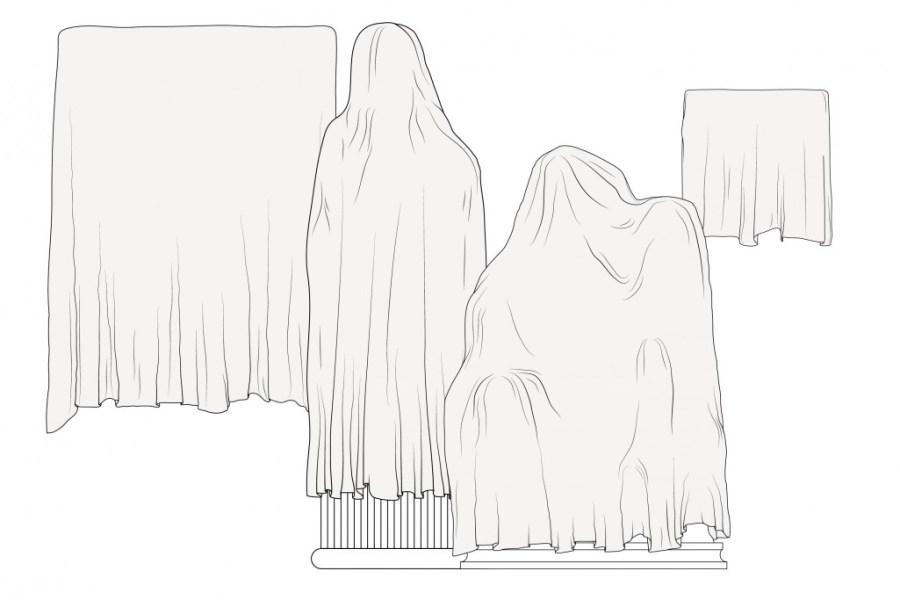
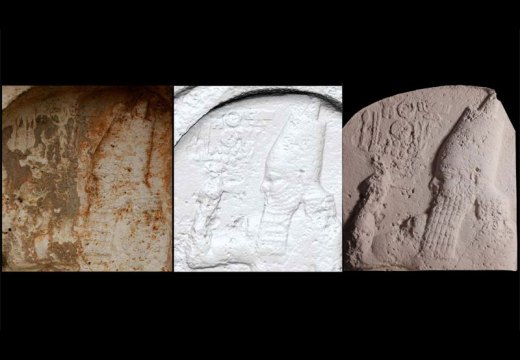











![Masterpiece [Re]discovery 2022. Photo: Ben Fisher Photography, courtesy of Masterpiece London](http://www.apollo-magazine.com/wp-content/uploads/2022/07/MPL2022_4263.jpg)
Why are fathers so absent from art history?